The Ojas Art gallery in Mehrauli is anchored around a banyan tree associated with many renowned folklores and quite aptly mounts the artworks of contemporary indigenous artists.
Currently, the artist featured is 61-year-old Lado Bai, a member of the Bhil tribe, whose exhibition ‘Paper Whispers’ offers the urban population an opportunity to reconnect with nature and the nuanced social life of tribal communities.
Lado Bai’s work is not only a window to tribal lives, folklores, and festivals, but also a reminder of how critical natural resources such as forests are to these artists.
The exhibition focusses on Lado Bai’s work using coal. She explains how the dye is made — by grinding charcoal, or burning wood, and mixing it with Dhavda resin.

Lado Bai's charcoal paintings at Ojas Art Gallery in Delhi | Photo Credit: Special Arrangement
Her art captures birds, animals, tribal festivals, and the changes she sees around herself. With age, her art has evolved too. From paintings mainly consisting of animal motifs and trees, she now includes tractors and school buses too.
She paints on paper, cloth, and walls. One of the paintings in the gallery is on Khadi demonstrating how tradition converges with modernity.
Says Anubhav Nath, director of the art gallery and the exhibition’s creative curator, “During a conversation with Lado Bai years ago, she mentioned that as a child, she often worked with charcoal; but over the years she stopped because they had no takers.”

Lado Bai's charcoal paintings at Ojas Art Gallery in Delhi | Photo Credit: Special Arrangement
Anubhav says, the exhibition acknowledges the struggles and battles of Lado Bai and how she adapted and retained her curiosity about cultural beliefs and practices of her community as well.
In one of the paintings, she depicts the Bhagoria festival celebrating the love of young couples who run away from homes and hope to wed at the festival to legitimise their union. It is a glimpse into the social structures of tribal communities.
Another painting is the artwork depicting Gondna tattoos; Gondna painting is part of the Bhil legacy and a testimony to the passage of time.
She also talks about Pithora, is a form of celebration for the community, who sing devotional songs, pray through the night and paint motifs such as the peepal tree, horses, snakes, the sun, moon, and lizards on their walls. It is the Bhil community’s way of expressing gratitude to their deity.
The gallery has curated some of Lado Bai’s finest works. Lauding her artistic legacy, a message from Shaleen Wadhwana, independent art researcher and MAITRI Project Curator for Indian Ocean Craft Triennale, Australia, has been displayed at the venue. The message highlights how Lado Bai’s journey shows the urban people how the tribal communities live.
At Ojas Art Gallery, 1AQ, Near Qutb Minar, Mehrauli; Till August 1; 11am to 7pm (Mondays closed)

 7 hours ago
1
7 hours ago
1

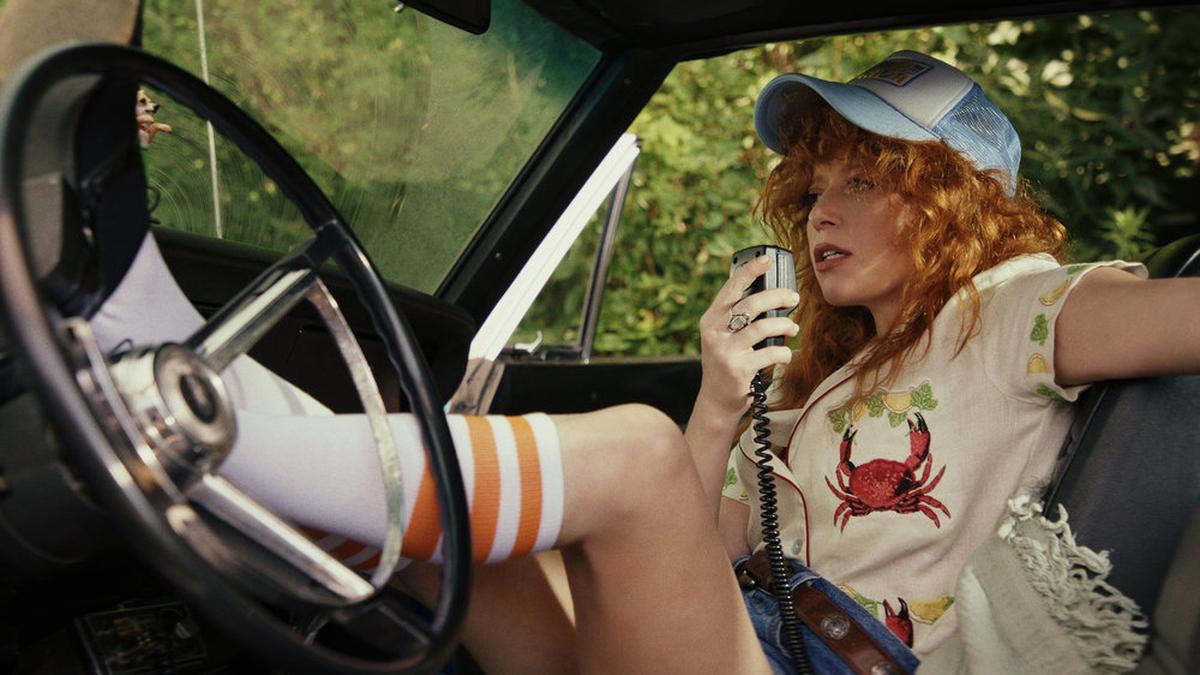
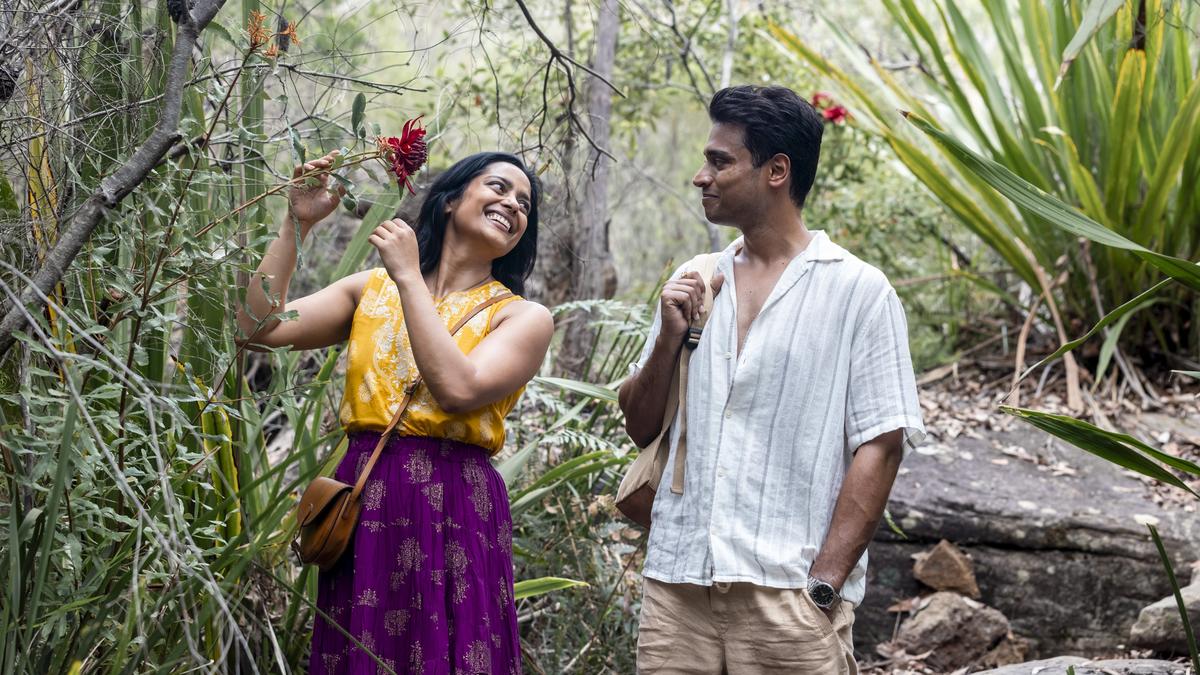
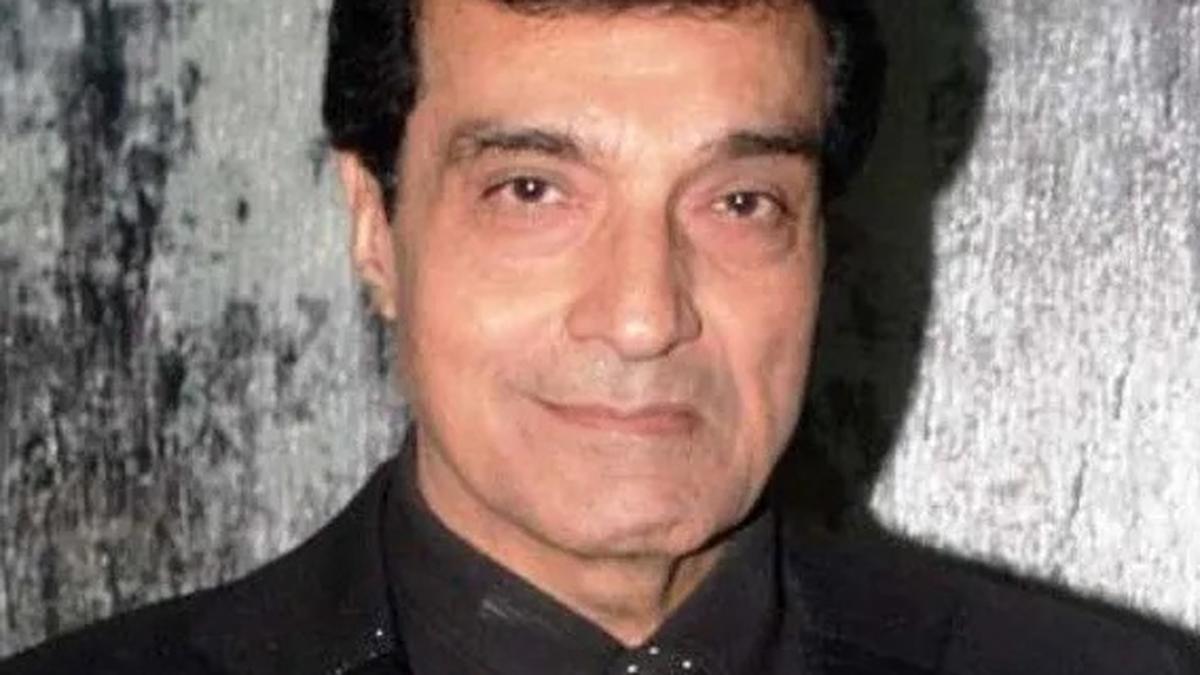
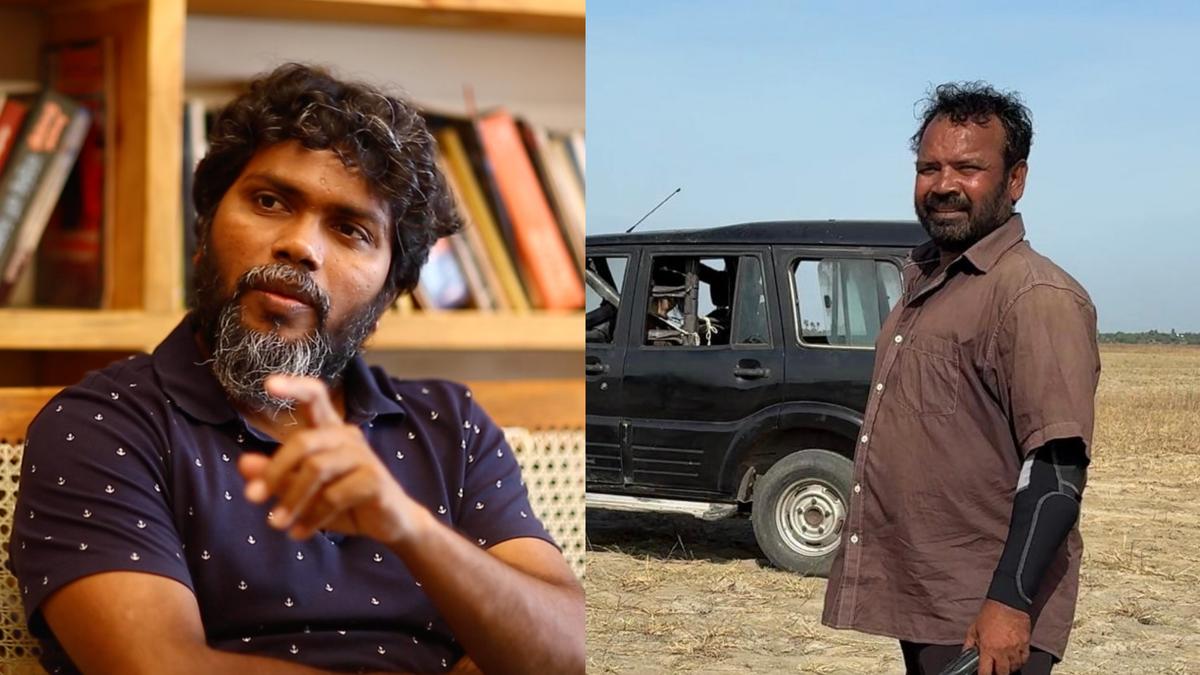
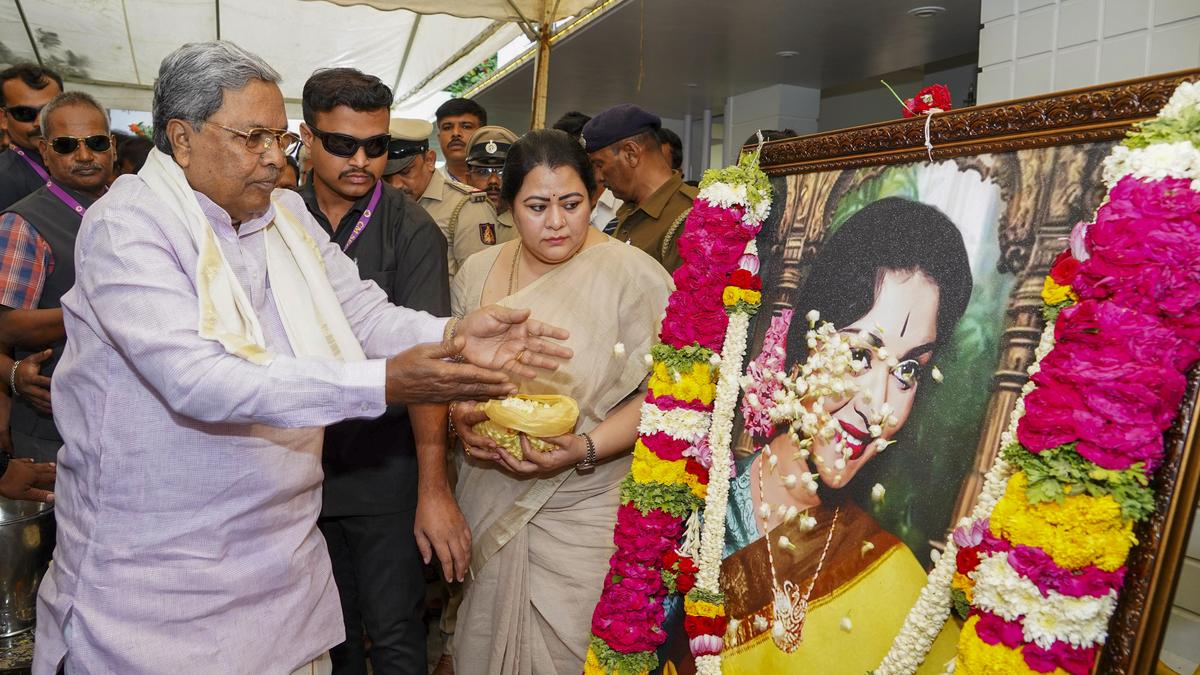
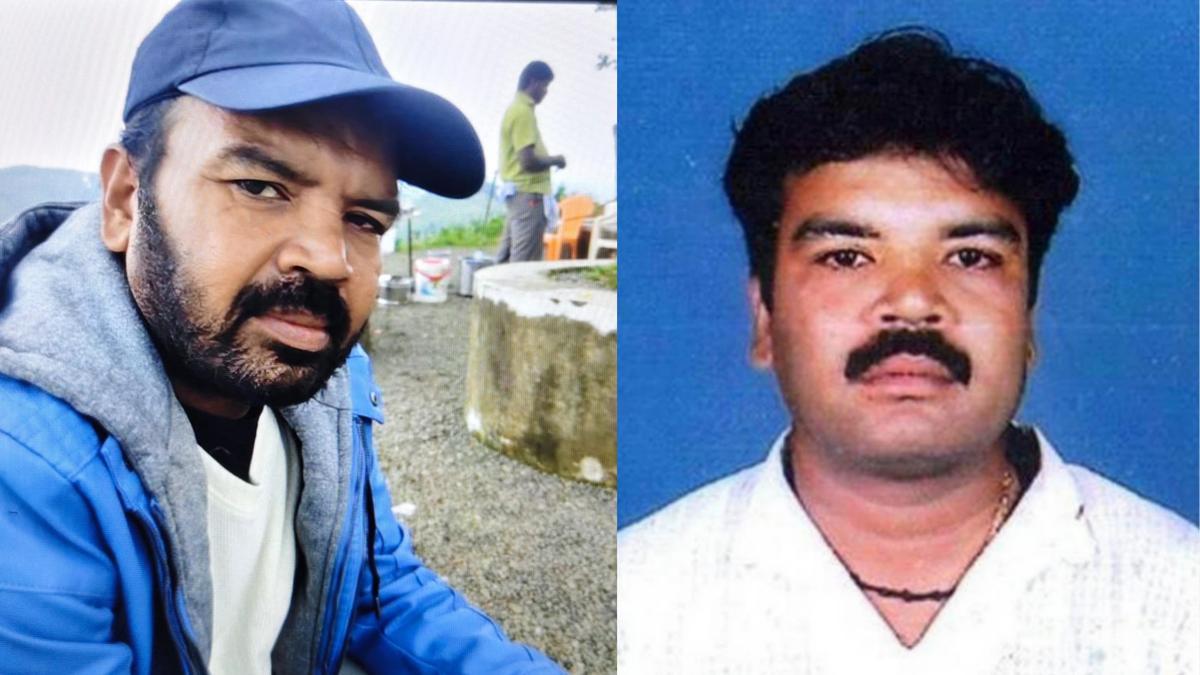
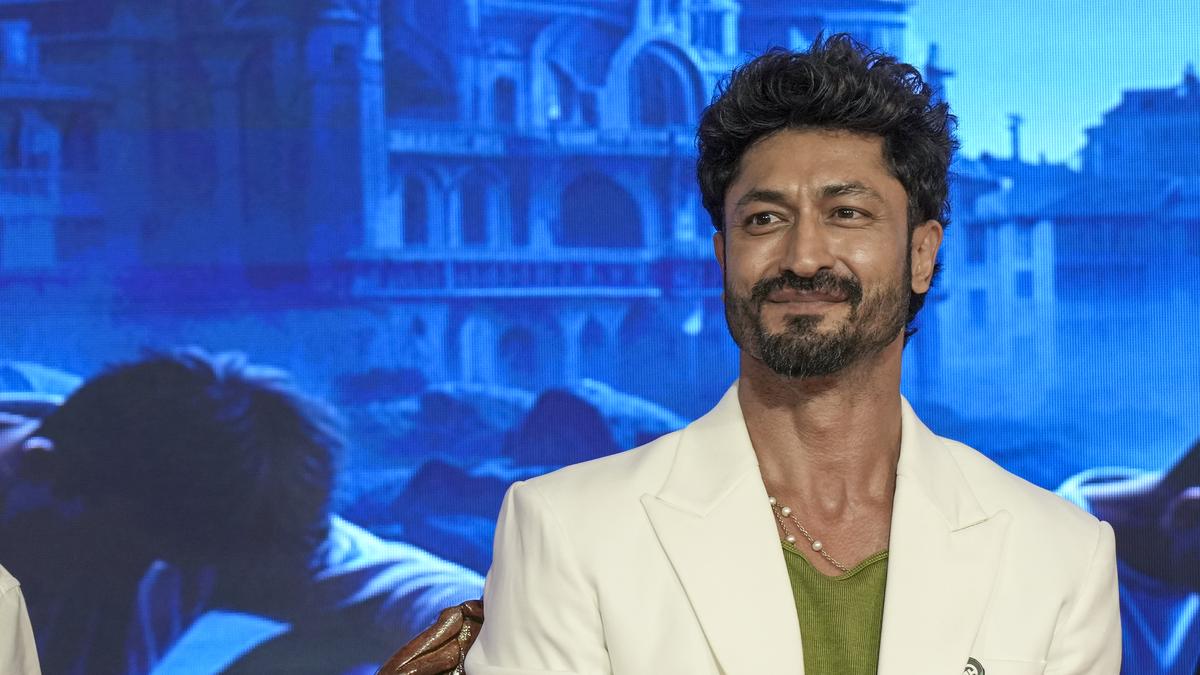


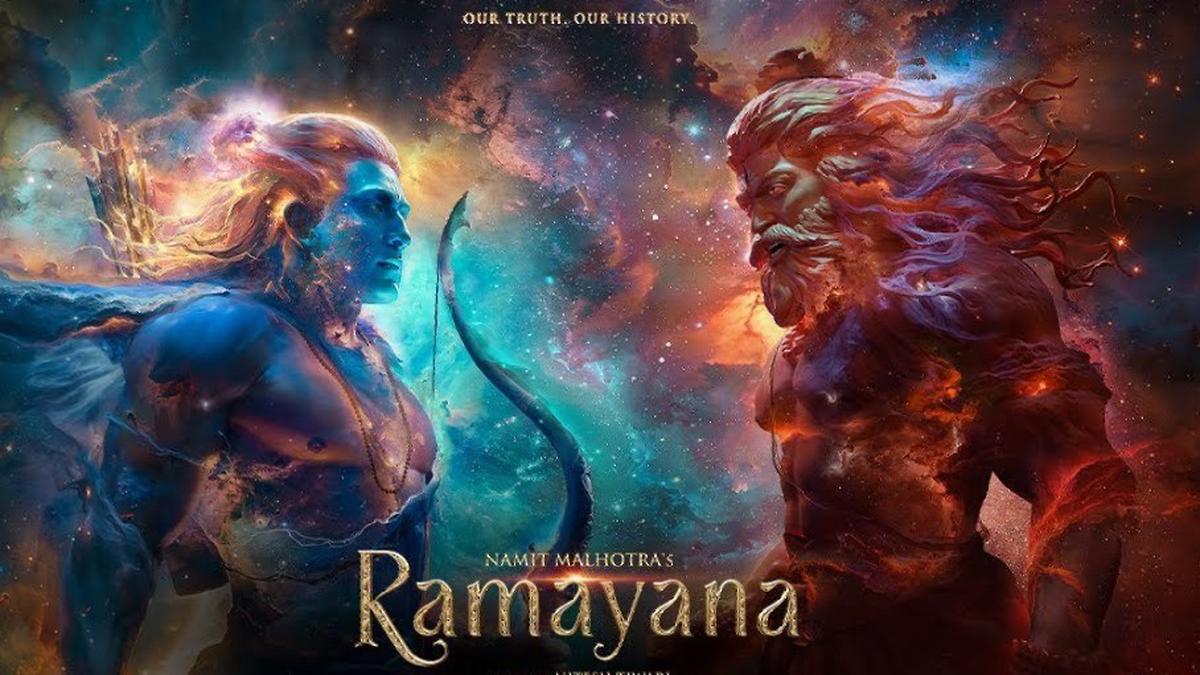








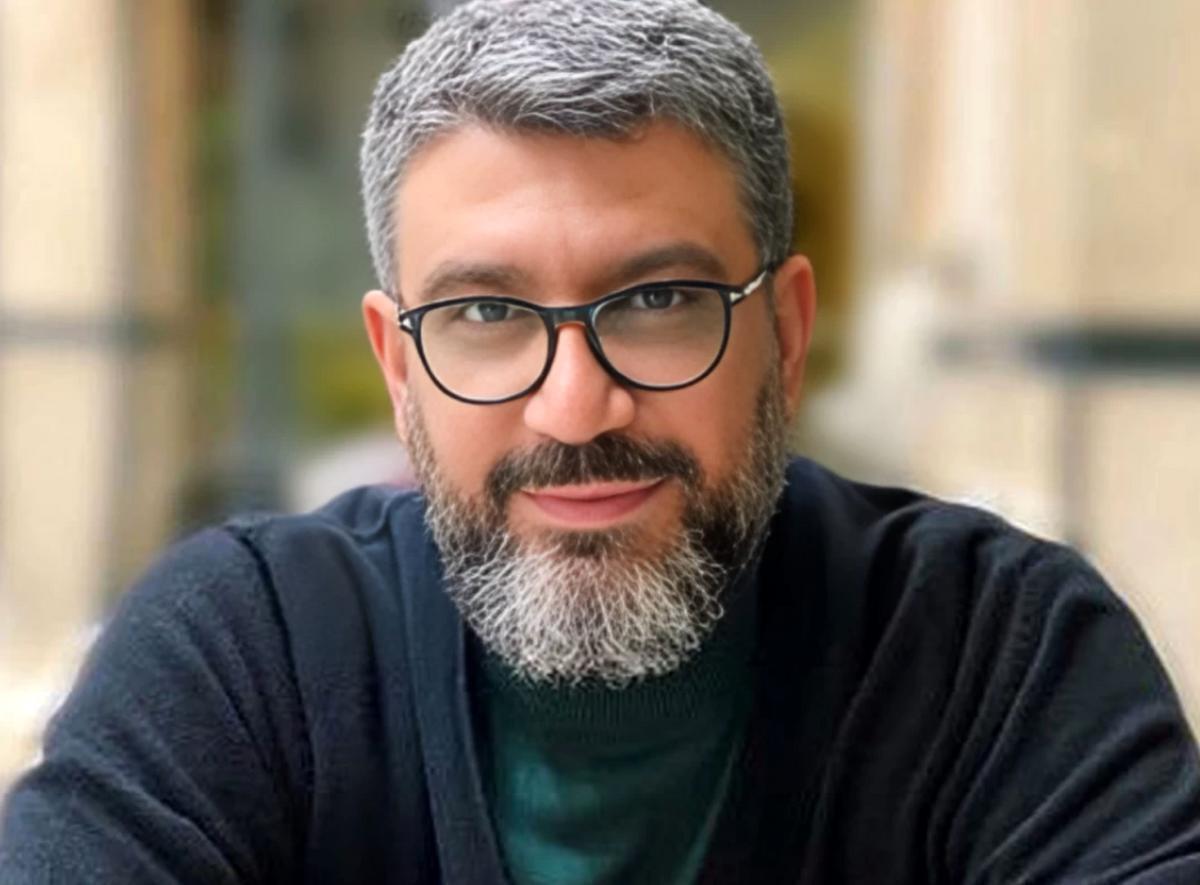
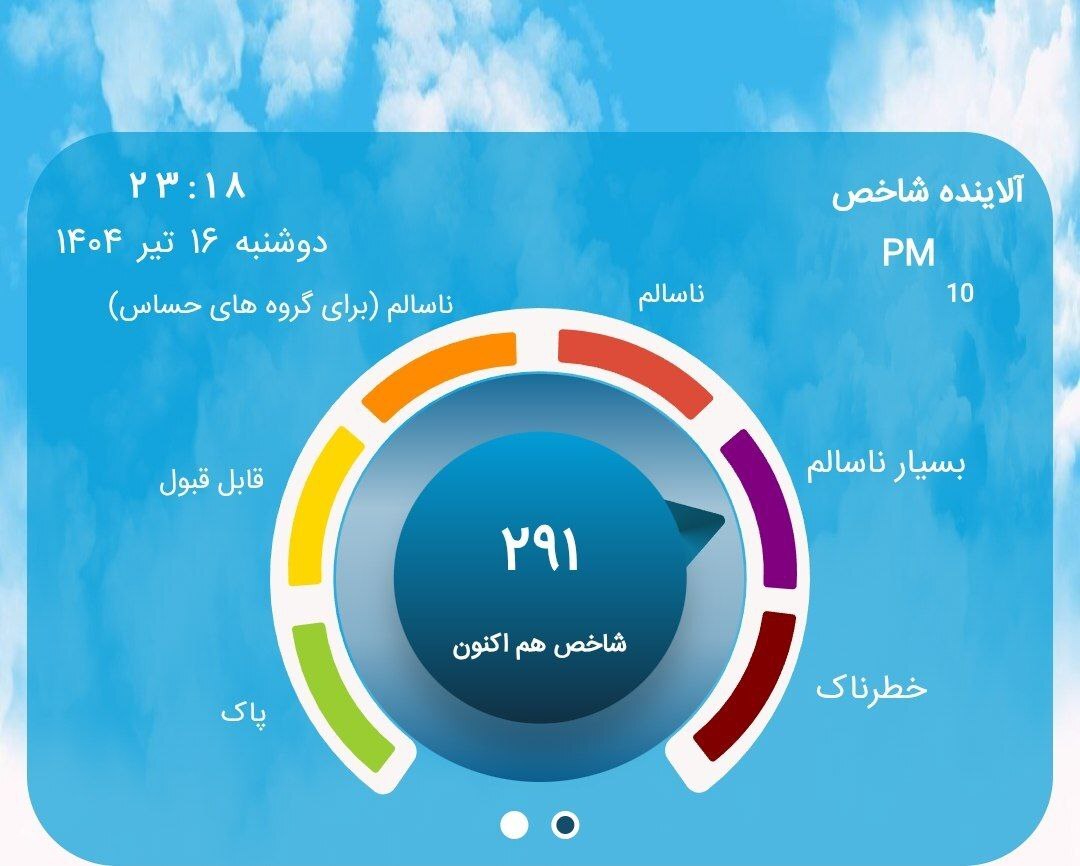
 English (US) ·
English (US) ·